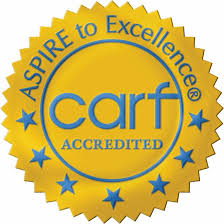Navigating the Path to Independent Living: Practical Advice for Teens and Young Adults
Transitioning to independent living can be both exciting and daunting for teens and young adults, especially those facing challenging backgrounds. Alpha Connection Youth & Family Services provides essential guidance to help young people confidently step into adulthood.
1. Financial Literacy Teaching teens financial skills, such as budgeting, saving, and understanding credit, is crucial for successful independent living. Financial literacy empowers young adults to make responsible monetary decisions and avoid common financial pitfalls.
2. Employment and Career Skills Equipping youth with job-searching techniques, resume building, and interview skills significantly improves their employment prospects. Practical career training and work experiences help young adults secure stable employment.
3. Daily Living Skills Essential daily living skills, including cooking, cleaning, shopping, and managing household tasks, help teens become self-sufficient. Regular practice in these areas builds confidence and competence.
4. Housing Education Educating teens about housing options, rental agreements, rights, and responsibilities ensures they can secure safe, affordable accommodations. Understanding tenant-landlord relationships helps young adults avoid common housing-related issues.
5. Time Management Effective time management skills enable young adults to balance work, education, and personal responsibilities. Learning how to organize and prioritize tasks helps them achieve personal and professional goals.
6. Accessing Community Resources Teaching teens how to identify and utilize community resources, such as healthcare, counseling, and transportation services, ensures they have the support necessary to overcome potential challenges.
By mastering these practical skills, teens and young adults can confidently navigate their path toward successful independent living. Alpha Connection remains committed to preparing youth for a productive and self-sufficient adulthood.













